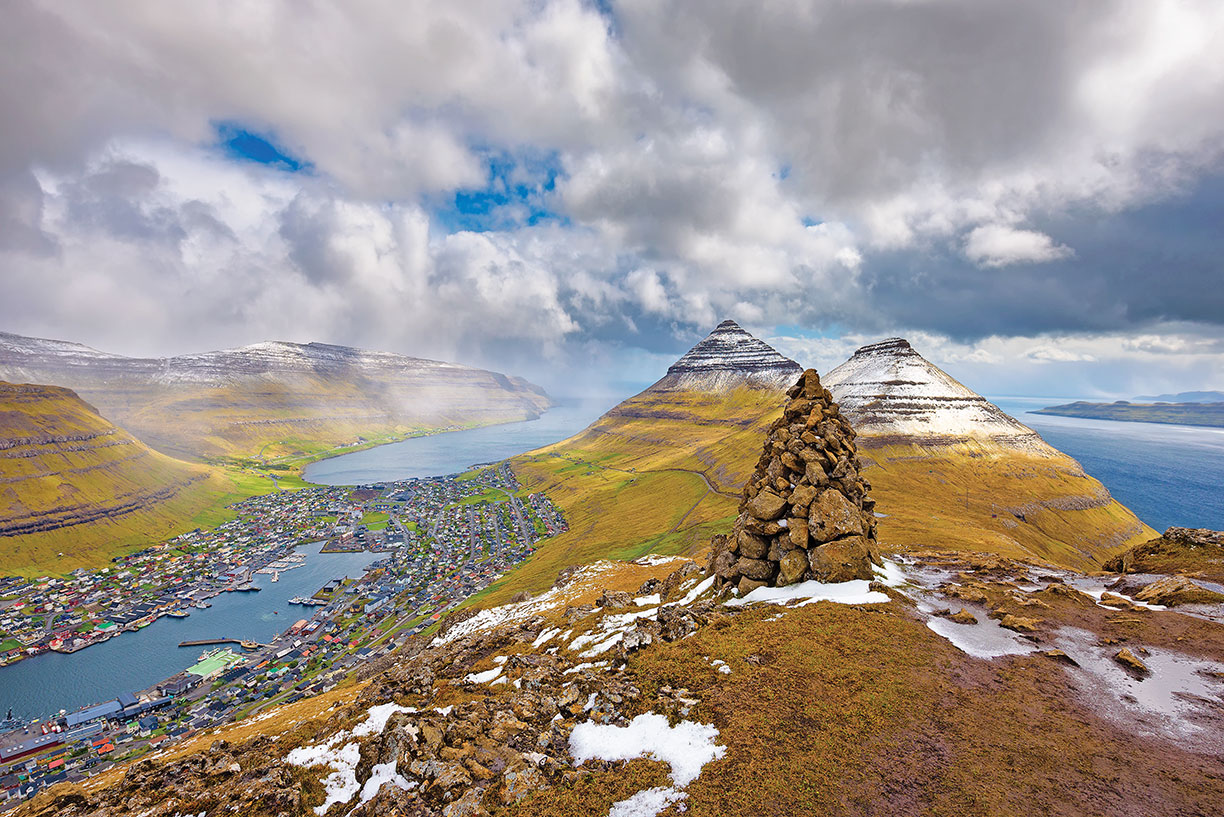LT. COL. MIKKEL PERLT/DANISH DEFENCE
When most people think of North America, they probably think of the United States, Canada and perhaps Mexico, but few would instinctively name the Kingdom of Denmark as one of the continent’s countries.
Still, Denmark is increasingly mentioned when it comes to the security of North America and, when looking at the map from the top of the world, the reason becomes clear.
The commander of the North American Aerospace Defense Command (NORAD) and U.S. Northern Command (USNORTHCOM), Gen. Glen D. VanHerck, has identified geography as one of three parts of a globally integrated layered defense (GILD). GILD contains forward regions, approaches and homeland layers. Greenland, as a forward region and an approach to North America, is an obvious candidate for integration into this concept.
The Kingdom of Denmark is a constitutional monarchy made up of Denmark, the Faroe Islands and Greenland. The latter two have extensive self-government under Danish law, with their own legislative assemblies and representation in the Danish Parliament. Security and defense, however, fall within the jurisdiction of the central authorities in Copenhagen and Danish Defence is responsible for defense of the kingdom, including Greenland and the Faroes.

As a founding member of NATO, Denmark is firmly embedded in a European security context as the Danish straits guard the exit from the Baltic Sea. Denmark has been active in the Baltic region following the admission of the three Baltic countries into the alliance and will also, together with Norway, partner closely with new NATO member Finland and Sweden, which awaits accession into the alliance.
The Faroe Islands straddle the so-called GIUK Gap — stretches of ocean between the landmasses of Greenland, Iceland and the United Kingdom — and thus are vital in controlling this important gateway from the Arctic to the Atlantic Ocean. From the early 1960s to 2007, a NATO-funded radar on the islands provided aerial domain awareness in the Faroese sector. The Danish government decided in 2022 to fund and reinstall a long-range air defense radar on the islands to close the GIUK Gap.
Greenland, though, is geographically part of North America, bringing us back to the initial assertion. When looking at potential threats to the United States and Canada, Greenland is difficult to ignore. The United States also has a permanent presence in Greenland, where the 12th Space Warning Squadron provides space awareness and advance missile warning to NORAD from Pituffik Space Base.
Greenland has a population of 56,000 people and limited infrastructure, mostly concentrated around small towns along the southwestern coastline. At the same time, the vast stretches of uninhabited and sometimes hostile territory present a challenge for surveillance and defense. Danish Defence maintains a continual presence in and around Greenland, with the Danish Navy patrolling the waters, the Danish Air Force operating maritime surveillance aircraft and the Danish Special Operations Command deploying the Sirius Dog Sled Patrol in the uninhabited northeastern national park of Greenland, where the two-man teams patrol with dog sleds for up to three months at a time in the Arctic winter.

These units in Greenland and the Faroe Islands are controlled and coordinated by the Danish Joint Arctic Command (JACO) in Nuuk, the capital of Greenland. The continual presence of Navy, Air Force and Army units in and around Greenland, coupled with satellite surveillance, provide JACO with domain awareness and enable rapid response to contingencies, both military and civilian. Because Denmark does not operate a separate coast guard, JACO is also responsible for search and rescue in the region and represents the kingdom in the Arctic Coast Guard Forum.
Denmark has recently committed $1.5 billion Danish crowns (U.S. $200 million) in additional funding toward increased surveillance in the Arctic, with purchases of radars, long-endurance drones, additional satellite surveillance and improved datalink systems among the planned investments. Additionally, increased outreach in the form of permanent liaison officers with major allies in the Arctic is being pursued.
During the Cold War, Greenland, situated between the superpowers, played an important strategic role. As a forward ally in an obvious threat direction, the Kingdom of Denmark continually strives to be a credible partner in developing sustained domain awareness for the defense of North America.


Comments are closed.